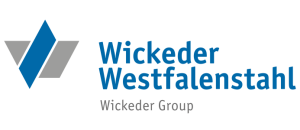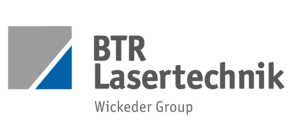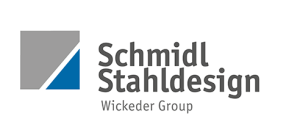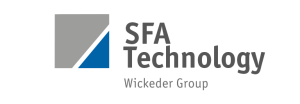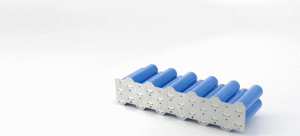Clad Metals – Solving thermal, electrical, joining, corrosion, and weight challenges with...
Engineered Materials Solutions
Featured Product
Markets
Products
Featured Product
Wickeder Group - strong corporate network
Wickeder Group is a global group of companies with twelve production sites in Europe, America and Asia. The portfolio includes the production of metallic semi-finished products, as well as classic metal processing with innovative technologies. The headquarter is located in Wickede (Ruhr) Germany, where the parent company Wickeder Westfalenstahl GmbH has its headquarter. Founded in 1913, the supplier of clad materials has since then undergone constant change and further development.
Today, Wickeder Group with its approximately 1,000 employees covers the entire process chain.
Our strong companies together stand for “best of metal” and have established themselves for decades in well-known companies in the automotive supply industry, energy, consumer goods industry, electronics and electrical engineering, medical technology, marine, industry and many more.

